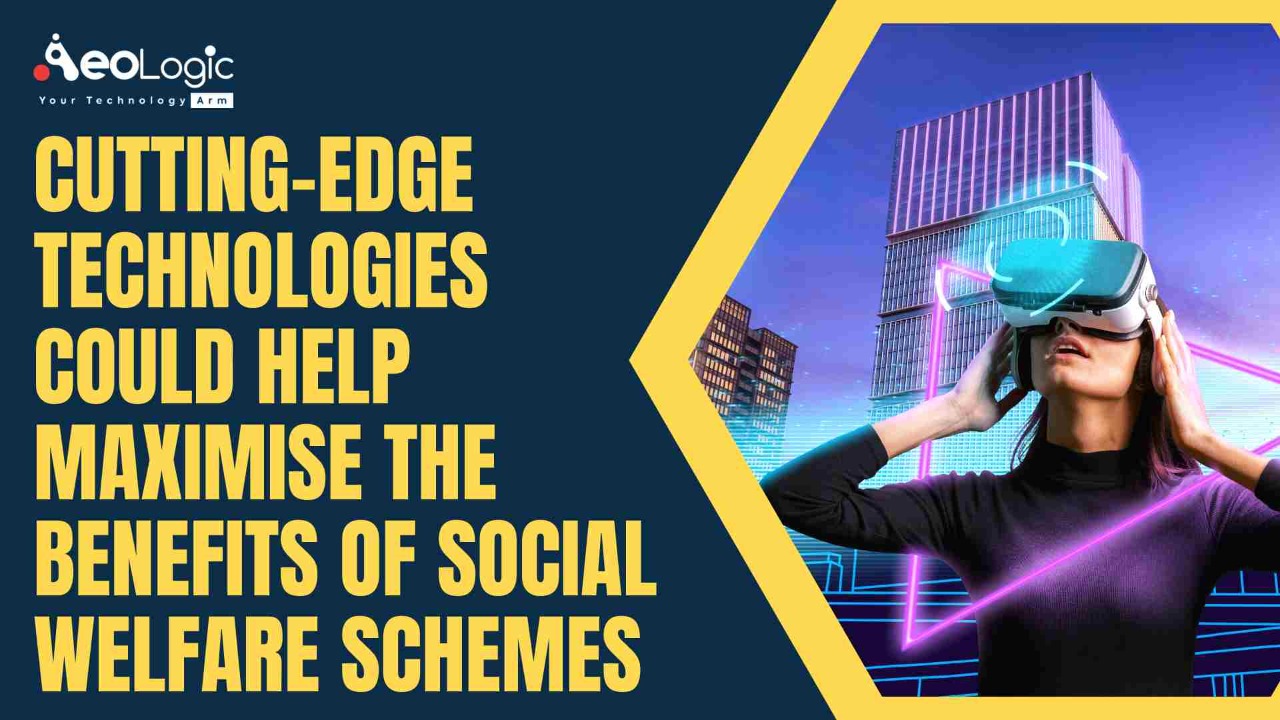The governments are continuously working to make sure that the benefits of various social welfare schemes reach the desired beneficiaries. The challenges faced by the social benefit authorities can be complicated in recognizing the right and eligible beneficiaries. This article will explore the technologies in social welfare schemes. It will also explore governments’ efforts and challenges to contain misuse, duplication, and other related abuses in social welfare schemes.
Increasing economic volatility is making the welfare state more relevant than before. Economic growth is accelerating in many countries. Hence leading to wage stagnation, social tension, and distress migration. Higher economic inequality implies that governments across developed and developing economies must continue to deliver welfare programs to the less advantaged. Simultaneously even increase their scope, despite growing spending commitments and tightening budgets. The best way governments can successfully perform this is through leveraging technologies in social welfare schemes to transform social welfare delivery.
Usually, social welfare benefits are ‘pull’ or demand-based. This places the responsibility on the beneficiaries to be informed of what they are entitled to. Further, how they can claim these. However, there are numerous challenges with this model.
Also read: The Impact of AI on E-learning and Education
Let’s have a look at them.
Lack of awareness: A number of the beneficiaries are poorly educated, with little to no access to government information sources. As an outcome, they are largely unaware of their entitlements. Hence, they often miss out on claiming benefits.
Complex documentation: Applying for benefits includes compliance requirements and complex procedures, with widespread documentation, authentication, and verification. Moreover, complex procedures may require the poor to make frequent visits. Therefore, imposing economic opportunity costs on them of forfeiting a day’s wage and incurring travel costs.
Identity authentication: The poor usually do not have the necessary government identity documents. Therefore, they are unable to meet authentication requirements. For daily wage workers, who often move places in search of jobs, documentation requirements multiple challenges.
Migrating beneficiaries: The influence of social welfare benefits is generally shared between central, state, and local governments. Given the migratory lifestyle most economically backward people lead, they run the risk of losing the benefits disbursed by a specific government after they leave the particular jurisdiction.
Locational constraints: Welfare programs demand beneficiaries to visit government offices. To submit claims and receive benefits. Many of the government offices are located in urban centers, and accessing these could be a challenge for beneficiaries from remote locations
Stepping Toward an Empathetic, Technologies in Social Welfare System
Therefore, in the pull mode, interventions tend to be piecemeal, driving towards small operational improvements. For example, a decrease in compliance cost, or slightly improved efficiency. What we require is a fundamental change where the beneficiary is right at the center of the delivery framework.
A cohesive act of digital technologies can drive towards a far more active, flexible, scalable, secure, and future-proof re-architecting of the transactional ’pull’ model into a ’push’ model. Digital workflows can make sure that the processes behind social welfare service delivery are simple and intuitive. Therefore, providing a transparent ‘straight through processing’ setting with nominal manual intervention.
Also read: The Future Logistics & Supply Chain Technologies
Here are some technologies in social welfare schemes for governments to explore:
Digital self-service channels: To enhance anywhere-anytime accessibility and minimize administrative costs, government agencies must deploy digital self-service channels. Which includes mobile phones, web portals, and self-service kiosks. With smartphones becoming ever-present and falling connectivity costs, mobile should be necessary for any channel shift strategy.
Biometric identity assurance: Biometrics-based identification helps in eliminating identity fraud. It also offers a single version of the truth. Where recipients claiming benefits through more than one scheme do not need to apply and prove their identity separately for each scheme. Therefore, technologies in social welfare schemes are helping in the smooth functioning of the tasks.
Digital benefit payments: An integrated national-level payment system containing banks, post offices, and financial institutions will permit benefits to be transferred directly to beneficiary accounts. That is due to complex and archaic workflows, corrupt practices, and manual intervention.
Analytics: Robust analytics can support assessing the efficiency and efficacy of social welfare schemes. Thereby giving relevant in-depth insights to allow empirical policy decisions. Analytics can also help in eliminating ghost beneficiaries, correlating cause and effect, detecting identity fraud, and sharpening policy interventions. For instance, if unemployment benefits for a specific region are constantly high, it can be expected that policy interventions to generate employment in such regions demand renewed thrust.
Portability: Benefits must be transferrable across government jurisdictions and independent of locations. For instance, if benefits are concerned with the residence of beneficiaries, then they will be unable to avail of benefits on relocation. UK’s Single Universal Credit (SUC) commenced in 2013 and replaces six means-tested benefits and tax credits. As well as allows beneficiaries to get monthly payments directly into their bank accounts.
Conclusion
In today’s world, tighter budgets are supporting governments to identify smart solutions to spending commitments like social welfare programs. Therefore, governments must use technologies in social welfare schemes to design and apply beneficiary-centric interventions. Hence ensuring a simplified, portable, universal, and easily accessible system. Thus, assisting in creating more equitable societies.
If you’re interested in emerging technologies, talk to the industry experts at Aeologic Technologies. Contact us to learn how we can elevate your business process and digitize your workflow.
FAQs
What are digital technologies?
Digital technologies are systems, electronic tools, devices, and resources that generate, store, or process data. Well-known examples comprise social media, online games, multimedia, and mobile phones.
What are the four types of digital transformation?
Process transformation, business model transformation, domain transformation, and cultural/organizational transformation. These are the four main types of digital transformation that businesses should consider taking advantage of in their transformation strategy.









